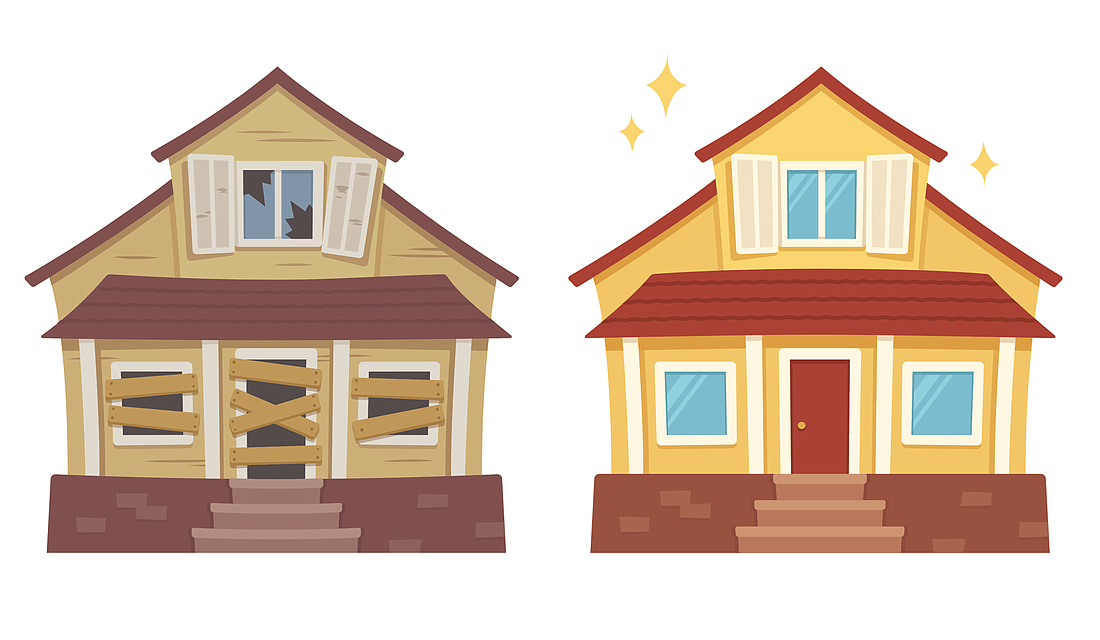
Don’t flip out over this, but there’s less money to be made these days by flipping homes.
A report last week by ATTOM Data Solutions on flipping – the act of buying property with the intent to sell it for a quick profit – found the average return on investment for a house flip in the second quarter this year was 44.3 percent nationally, down from 50 percent the previous year.
In the Jacksonville market, the median price of a flip sale was $151,250 in the second quarter, $61,200 higher than the median purchase price, ATTOM said. That translates into a gross return of 68 percent for Northeast Florida flippers.
However, that’s down from the second quarter of 2017 when the median profit was $64,400 and the average return was 78.7 percent.
ATTOM defines a flip as any arms-length sale of a single-family home or condo that was previously involved in an arms-length transaction within the last 12 months.
ATTOM defines an arms-length sale as one that involves two disinterested or unrelated parties. That excludes situations where a property sells between family members or where the bank is foreclosing on a home and taking ownership. It also excludes quitclaim deeds.
The average number of days to flip a home in the Jacksonville market was 177 in the second quarter, while it was 186 nationally.
ATTOM Senior Vice President Daren Blomquist said in the report that a fewer number of distressed home sales are making it more difficult for flippers to find discounts, and rising interest rates are making it tougher for buyers to afford flipped homes.
“These two forces are squeezing average home flipping returns, pushing investors to leverage financing or migrate to markets with more distressed discounts available to achieve more favorable returns,” he said.
In the second quarter, 32.3 percent of U.S. flip sales involved homes first purchased as a distressed sale. That’s down from the peak of 68.2 percent in the second quarter of 2010, when the market was recovering from the real estate collapse in the 2007-2009 recession.
In Jacksonville, 31.8 percent of second-quarter flip sales involved homes that were first purchased in a foreclosure or other distressed sale.
ATTOM said 5.2 percent of all U.S. home sales in the second quarter were flips, with 5.5 percent of Jacksonville market sales involving flips.
Some markets remain very profitable for flippers. ATTOM looked at 140 metropolitan areas and in nine of those, flippers were selling homes at a price at least double what they paid it for.
The top returns in the second quarter were in the Pittsburgh, Pennsylvania, area where after holding on to the property for an average of 206 days, flippers were generating an average return of 162.7 percent.
The toughest market to make money was in the Myrtle Beach, South Carolina, area, where flippers were getting average returns of just 5.8 percent. That was far below the second-lowest returns in Boise, Idaho, of 19 percent.